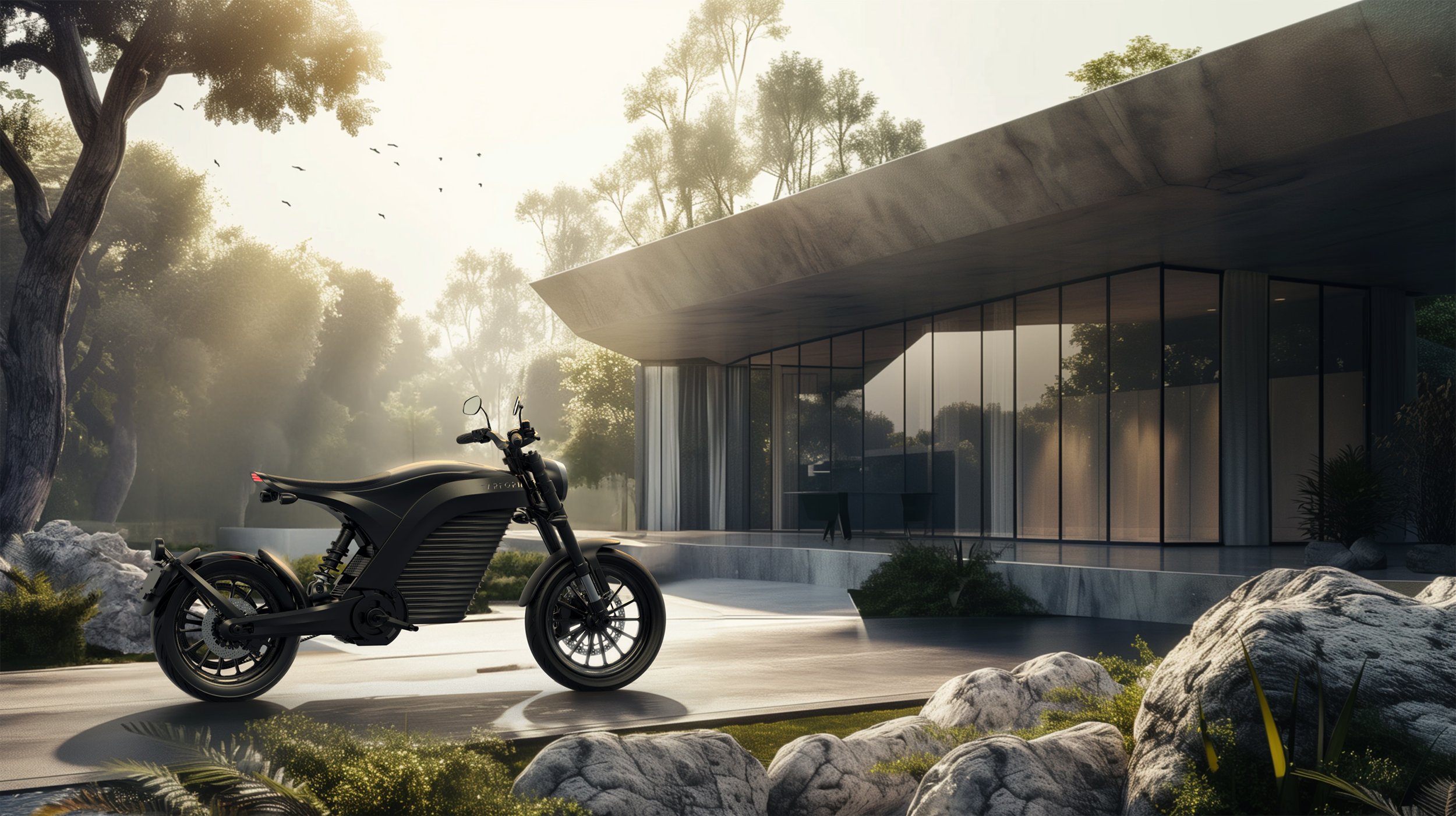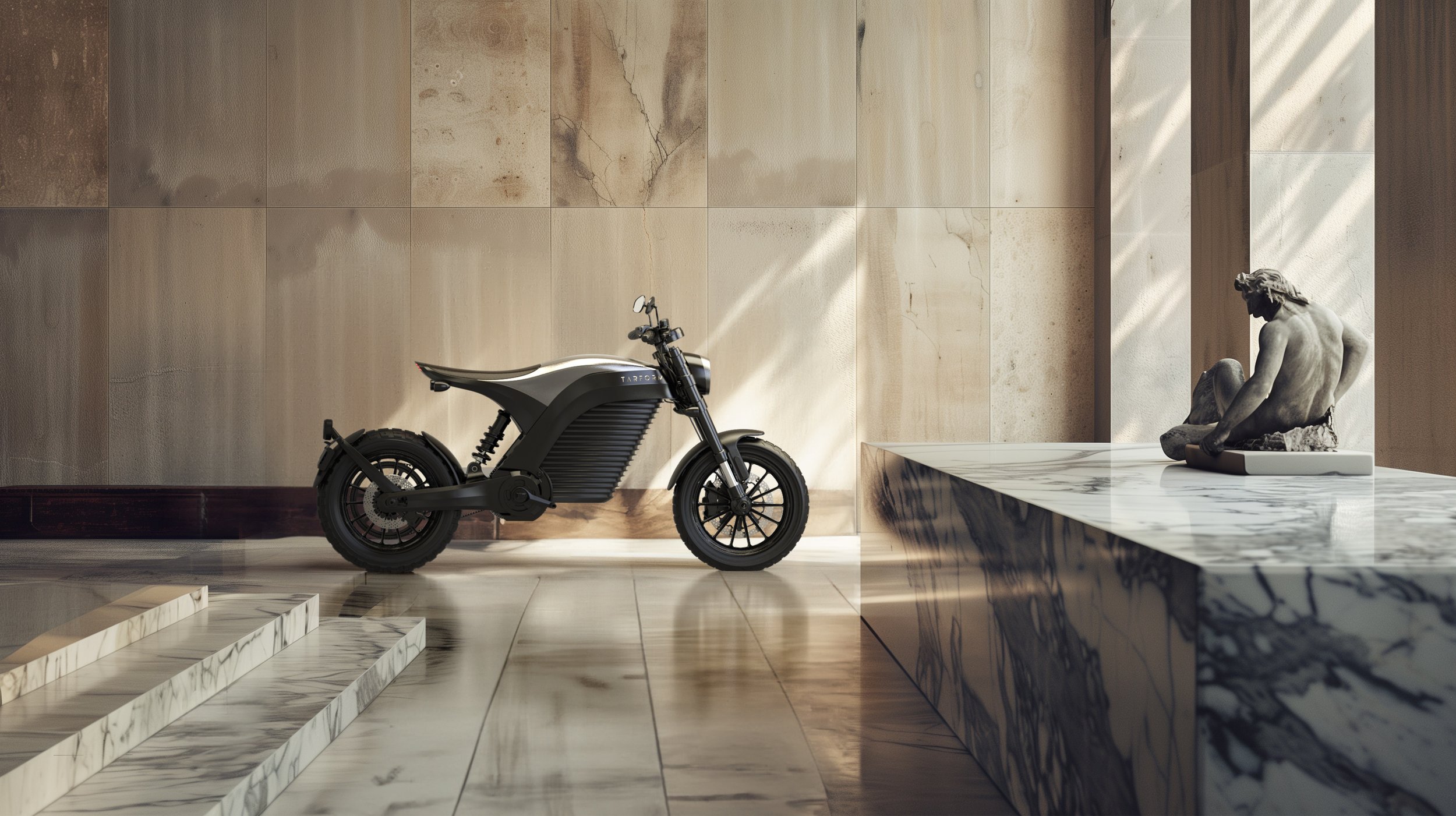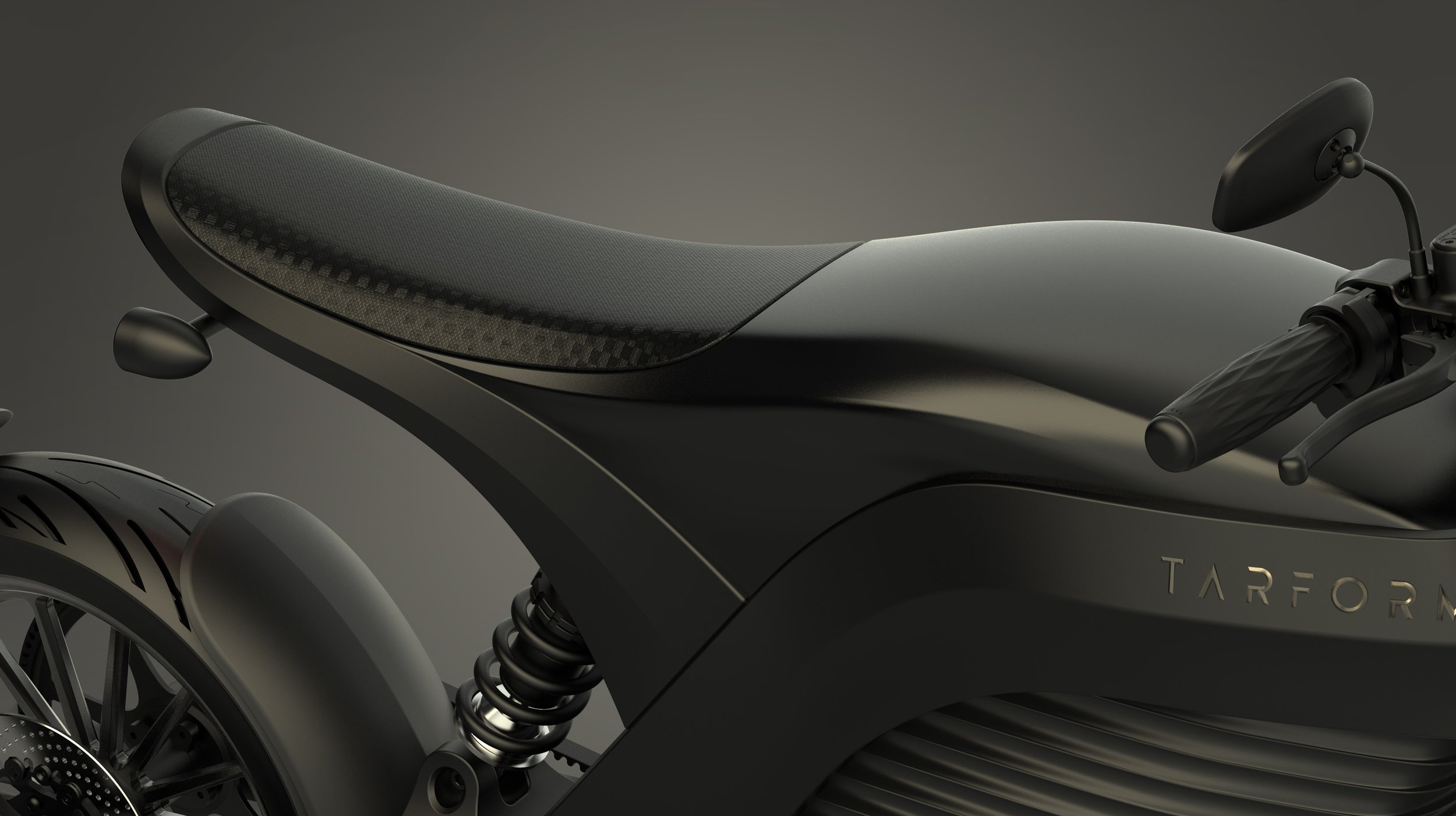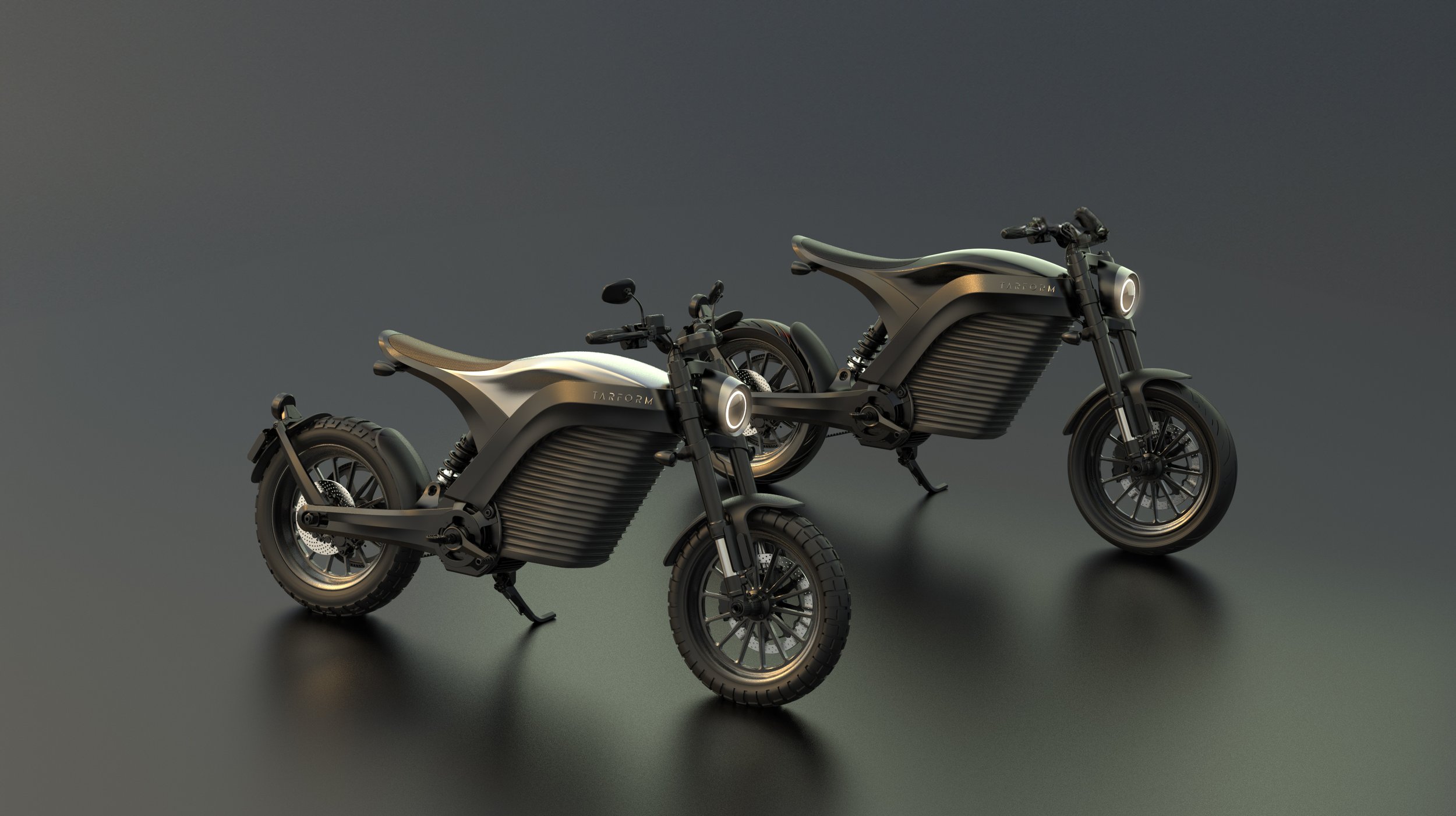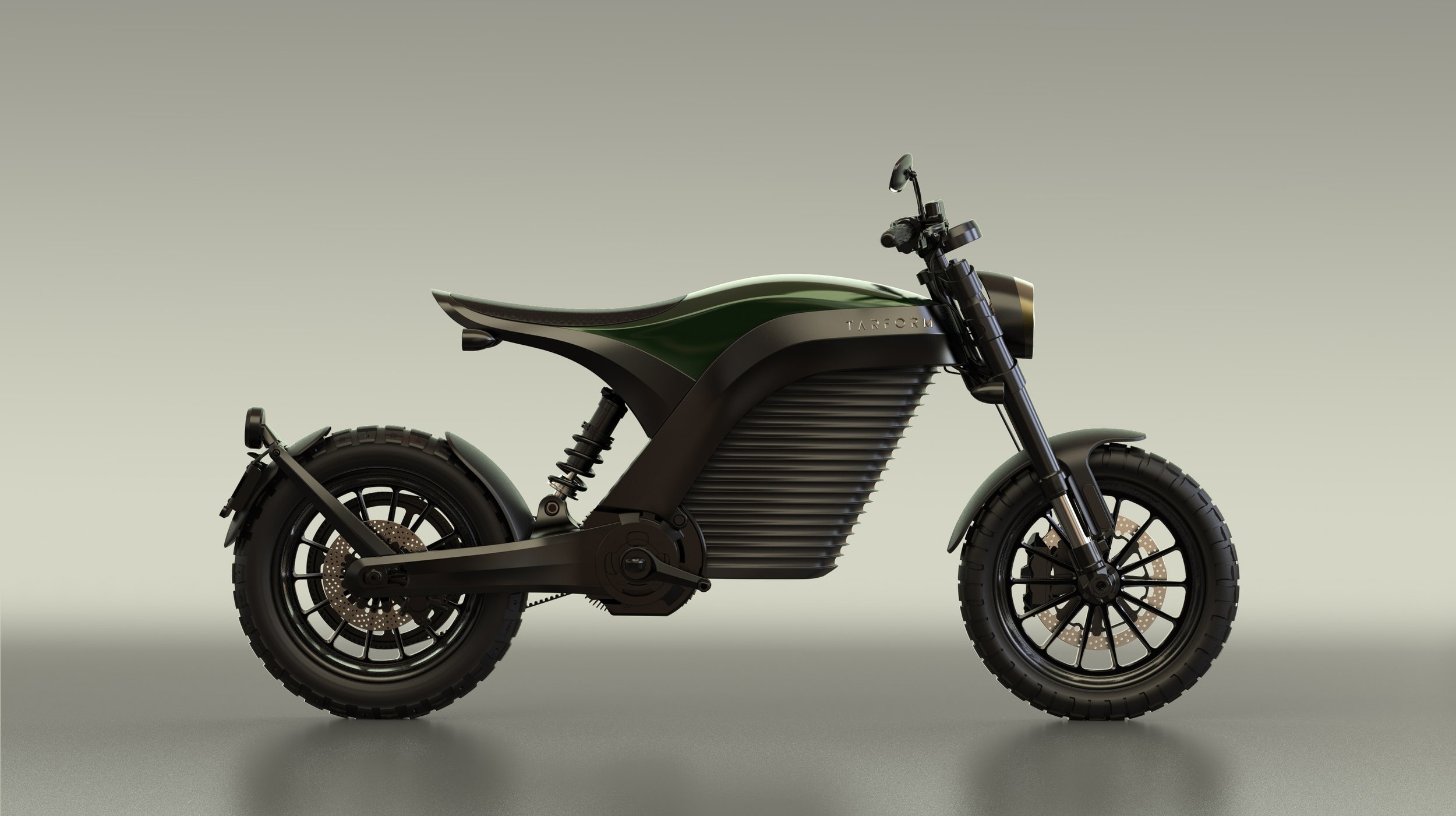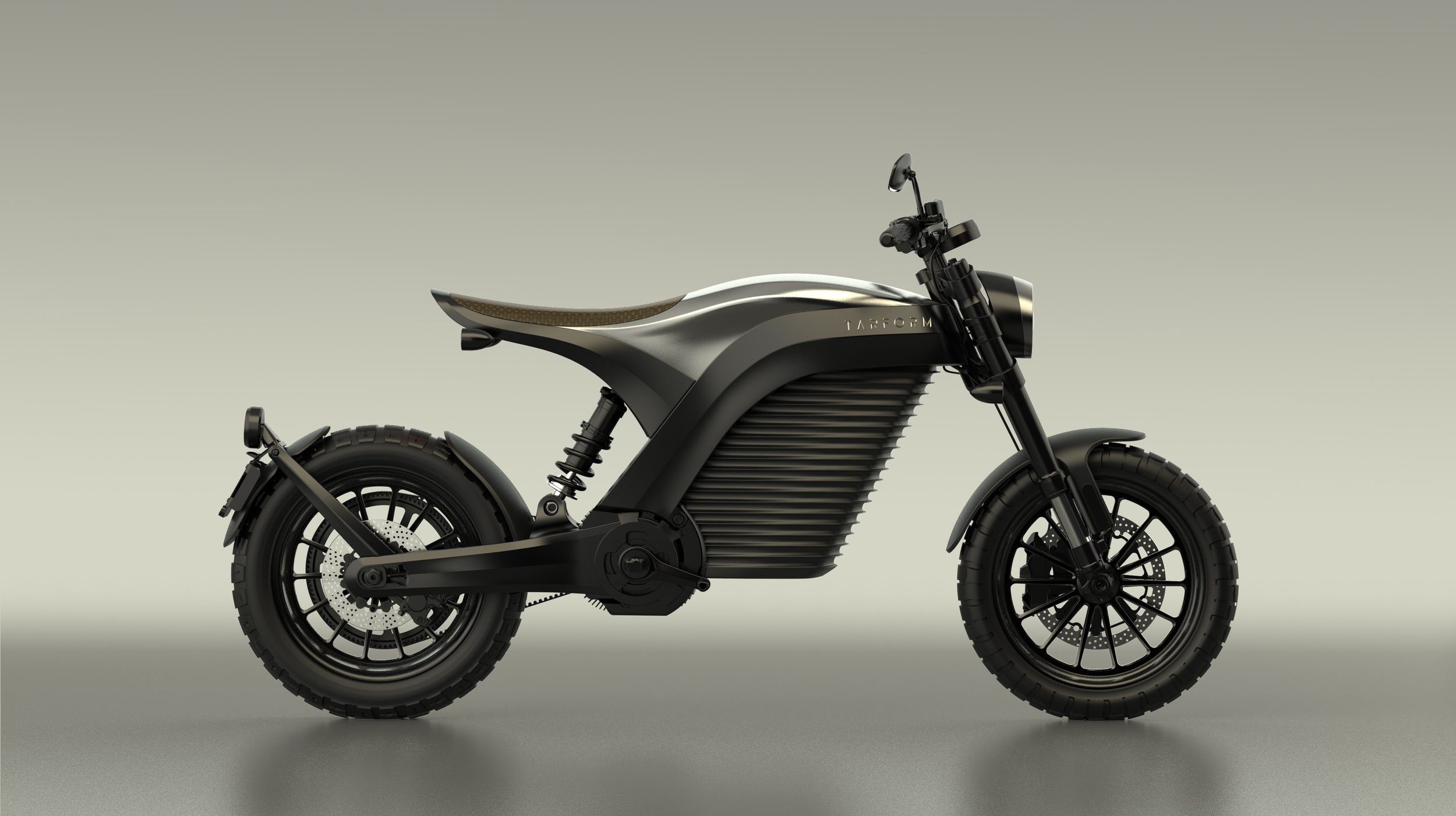Tarform Pushes Frontiers Of Everyday Electric Mobility With The Launch Of Its New $16,000 Vera Electric Bike
VERA, the latest edition to Tarform's EV mobility fleet | Tarform
In the world of electric vehicles, Taras Kravtchouk, the visionary founder of Tarform, has carved out a niche that seamlessly blends sustainability, beauty, and cutting-edge technology. Its vision is to reinvent the way we move by developing awe-inspiring, sustainable, and technologically advanced vehicles that make mobility exhilarating and soulful. With a shared passion for revolutionizing urban mobility, Kravtchouk and his team at Tarform have not only weathered the challenges but also emerged as a global force in the electric vehicle (EV) space. Today, Tarform marks a significant milestone with the launch of Vera, a new testament to their commitment to accessible, high-performance EV mobility.
We caught up with Taras Kravtchouk to reflect on the incredible journey of Tarform, a journey that has seen the likes of Diplo, Lewis Hamilton, Jeff Goldblum, and even a nod from Fast Company Innovation.
The past few years have been both incredibly challenging and immensely rewarding. Reflecting on the early days, I recall the intense hours spent grinding, welding, and 3D printing our very first Luna prototype in a Brooklyn garage back in 2019, Kravtchouk recalled.
Despite facing challenges such as the COVID-19 pandemic and the volatile nature of EV stocks, Tarform has emerged as a globally recognized brand. Since 2022, the Luna has found its way into the hands of customers worldwide. “We've been honored to see the Luna featured at the Petersen Museum, watched Lewis Hamilton perform a burnout for the WSJ, celebrated being named one of the top mobility solutions by FastCo, enjoyed a day with Jeff Goldblum discussing how we build our vehicles out of plants and welcomed a diverse group of customers, including notable athletes and artists like Diplo,” Kravtchouk added.
Now, Tarform is entering a new chapter, transitioning from a boutique manufacturer to expanding its EV mobility portfolio and scaling the brand with the introduction of Vera.
Taras Kravtchouk, Founder of Tarform | Tarform
“Being a low-volume bespoke manufacturer in Brooklyn, New York, we learned that scaling the Luna as a vehicle would be challenging, and we received many requests from our community to design a bike aimed at production at a lower price point. The Vera is our response to this, allowing us to adhere to the same principles of modularity and develop an all-around bike suitable for the urban rider, with the capability to take it on trails in nature,” Kravtchouk explained.
Priced at $16,000, the Vera boasts an impressive 0-60 mph in 3.5 seconds, a range of 100 miles, and a top speed exceeding 80 mph. The bike embodies the perfect blend of classic motorcycle spirit with a modern twist, adhering to the design DNA of the Luna and infusing the same ethos.
And, perhaps most importantly from Taras Kravtchouk's perspective, nothing surpasses the meditative and exhilarating experience of riding a motorcycle.
When discussing the significance of lightweight mobility in the context of electrification, Kravtchouk passionately emphasized the inefficiency of transporting heavy cars for short urban commutes,” Average commute in cities like LA and NY is 15 miles one way with 10-15 mph average speed. Most Americans drive alone. Yet, a car is the most popular mode of transportation. That means that most people are transporting a vehicle that is 22 times their own weight just to move themselves. Imagine hiking a mountain and carrying 22 people in your backpack while trying to conserve energy. Basically, the energy and resources needed to move a car far outweigh the needs, making it an overly complex solution for a simple problem.”
Creating vehicles that emit no pollutants is a step in the right direction. However, the real solution lies in transforming our urban mobility mindset—opting for lighter transport options that not only consume less energy on the go but also demand significantly less energy in their creation. “To truly fast-track sustainable transportation, our cities must evolve to better accommodate two-wheeled modes of transport, making them a cornerstone of an eco-friendly commuting future, “ Kravtchouk makes a strong case for adopting lighter transport options that not only consume less energy but also demand fewer resources in their creation.
Adoption of electric two-wheelers has lagged in the West, including the US and Europe, in stark contrast to Asia, where sales exceeded 50 million units last year. Despite the fast pace at which electric cars are gaining popularity, the electric two-wheeler market is growing slowly, hindered by the limited number of manufacturers.
Addressing the slow adoption of electric bikes, Kravtchouk pointed to a lack of awareness and exposure, "When I ride the Tarform Luna through the streets of New York and Los Angeles, it often prompts curiosity from onlookers. Many are curious and ask, 'Is that electric? I've never seen an electric motorcycle before.'
Kravtchouk's strategy revolves around using design as a catalyst for behavior change, creating vehicles that stand out and excite a new generation of riders who value design, technology, and sustainability.
Looking to the future, Kravtchouk expressed confidence in the long-term prospects of lightweight mobility, “The growth of two-wheelers has been steady and will continue to grow. Gen Z and Millennials are less interested in owning cars and prefer lightweight transportation and public transport. Cities around the world are implementing congestion charges to reduce traffic and pollution, making lightweight vehicles more attractive. As cities expand, urban space efficiency is key and two-wheelers are ideal for spatial constraints and parking.”
And, perhaps most importantly from Taras Kravtchouk's perspective, nothing surpasses the meditative and exhilarating experience of riding a motorcycle.



